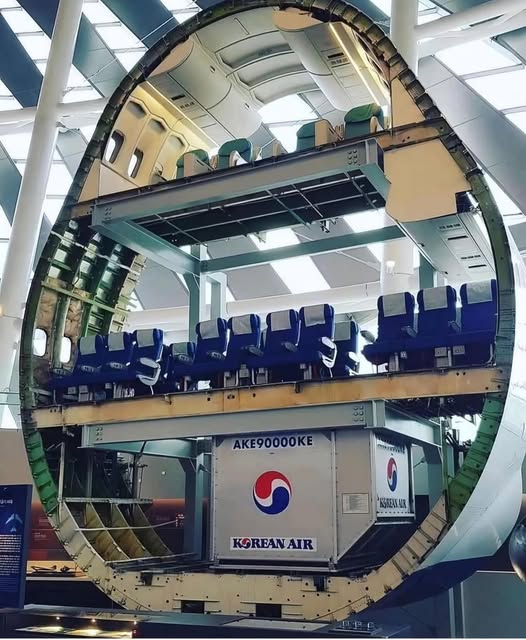
The Boeing 747, often called the “Queen of the Skies,” is one of the most iconic and recognizable commercial jetliners in aviation history. Here’s an overview of its key features and history:
Key Specifications:
- First Flight: February 9, 1969
- Introduction: 1970 with Pan Am
- Manufacturer: Boeing Commercial Airplanes
- Role: Wide-body long-haul airliner & cargo aircraft
- Cockpit Crew: 2 (later models)
- Passenger Capacity: 366–524 (depending on configuration)
- Length: 184–250 ft (56–76 m)
- Wingspan: 195–224 ft (59–68 m)
- Max Takeoff Weight (MTOW): 735,000–987,000 lb (333–447 tonnes)
- Range: 4,620–8,000 nmi (8,560–14,815 km)
- Engines: 4 × high-bypass turbofans (Pratt & Whitney, GE, or Rolls-Royce)
Variants:
- 747-100 – Original model (1970).
- 747-200 – Improved range & engines (1971).
- 747-300 – Stretched upper deck (1983).
- 747-400 – Most successful variant (1989), with modern avionics & winglets.
- 747-8 – Latest version (2011), longer fuselage & fuel-efficient engines.
- 747-8 Intercontinental (passenger)
- 747-8 Freighter (cargo)
Notable Features:
- Humpbacked Design – Unique upper deck for passenger seating or crew rest.
- First Wide-body Airliner – Revolutionized long-haul travel.
- Cargo Versatility – Many converted to freighters (e.g., 747-400F).
- Presidential Aircraft – The VC-25 (Air Force One) is a modified 747.
Legacy & Retirement:
- Production Ended: 2023 (last 747-8 delivered to Atlas Air).
- Replaced By: More efficient twin-engine jets (e.g., Boeing 777X, Airbus A350).
- Still in Service: Some airlines & cargo operators still fly the 747.
Leave a Reply